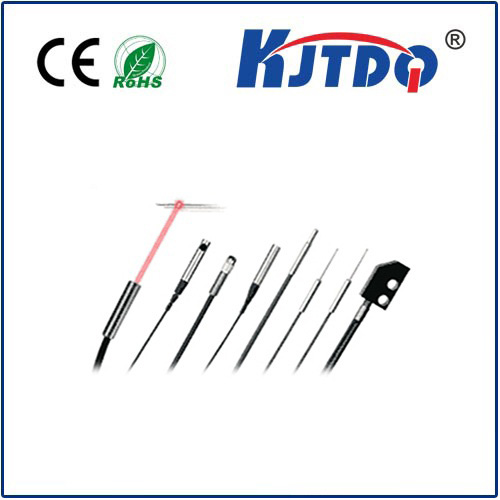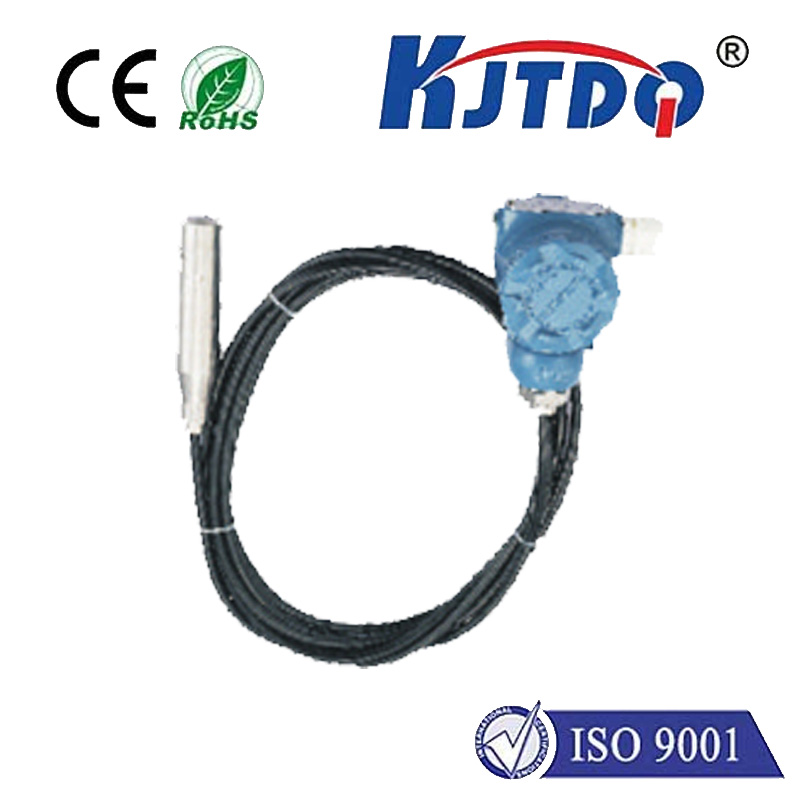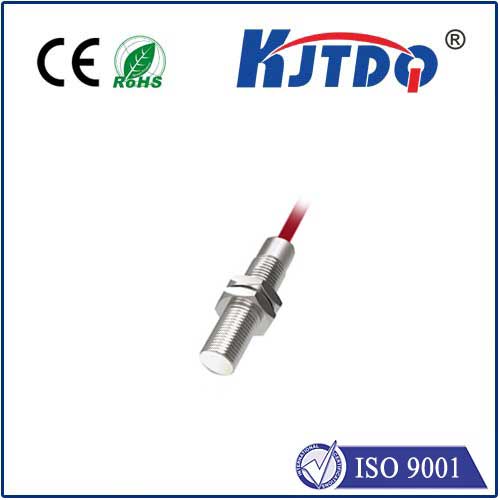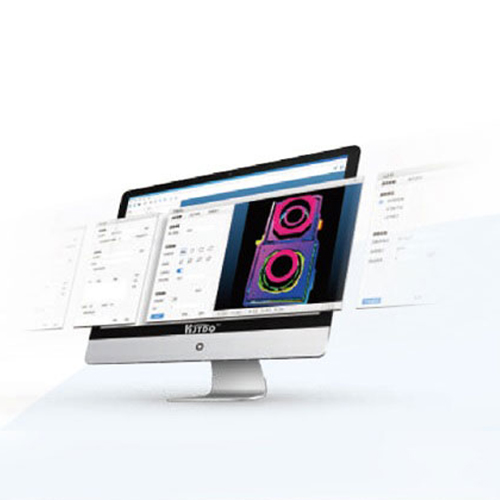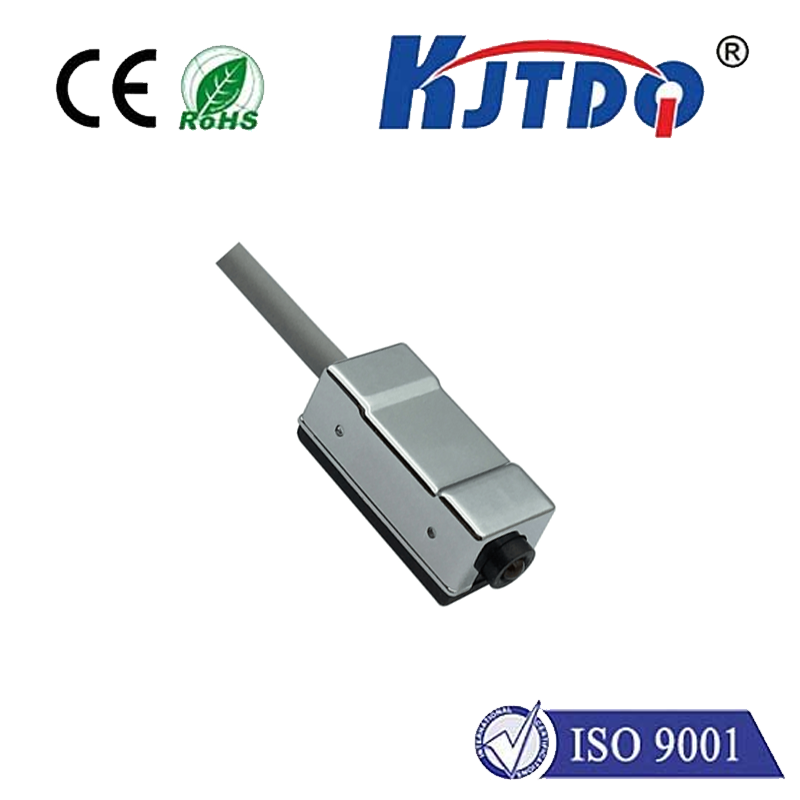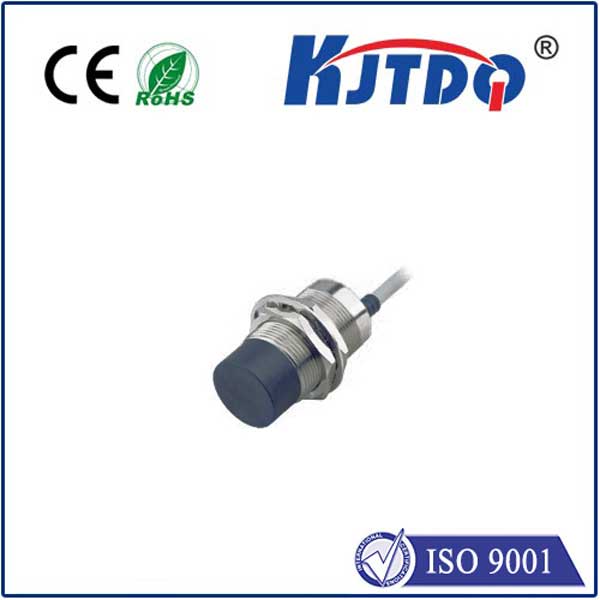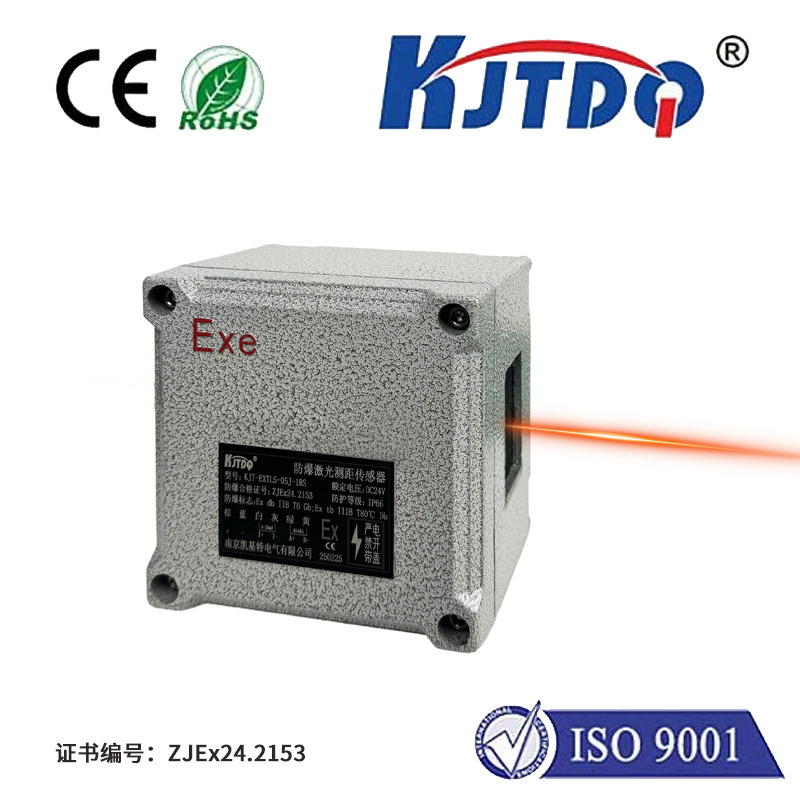two types of proximity sensors
- time:2025-06-28 01:26:53
- Click:0
Two Titans of Touchless Tech: Unveiling the Power of Inductive vs. Capacitive Proximity Sensors
Imagine a world without proximity sensors. Manufacturing lines would grind to a halt as robots fumbled blindly. Elevator doors would risk crushing unsuspecting passengers. Smartphones wouldn’t dim their screens when held to your ear. These unassuming components are the silent sentinels enabling countless automated, safe, and intelligent interactions. While many types exist, inductive and capacitive proximity sensors stand as the undisputed workhorses, responsible for the vast majority of touchless detection tasks in industrial and consumer applications. Understanding their distinct operating principles and ideal use cases is crucial for engineers, designers, and anyone navigating the world of automation. So, let’s delve into the fascinating physics behind these two proximity sensor powerhouses.
At their core, proximity sensors are devices designed to detect the presence or absence of an object *without physical contact*. This “non-contact detection” is their defining characteristic, offering immense advantages like reduced wear and tear, enhanced reliability in dirty environments, and faster response times compared to mechanical switches. While ultrasonic, photoelectric, and magnetic sensors also belong to this family, inductive and capacitive variants dominate due to their robustness, simplicity, and cost-effectiveness for a wide array of detection scenarios. The key difference lies in what property of the target object they actually sense.
Inductive Proximity Sensors: Masters of Metal Detection
The undisputed king for detecting metallic objects, the inductive proximity sensor operates on the principles of electromagnetism. Inside its robust, typically metal housing, you’ll find four key components:
- An oscillator circuit generating a high-frequency electromagnetic field.
- A coil (inductor) that radiates this field from the sensor’s active face.
- A demodulator circuit.
- A switching output stage (solid-state transistor).
How it Works:

- When powered, the oscillator energizes the coil, creating a high-frequency oscillating electromagnetic field around the sensing face.
- When a conductive metal target enters this field, eddy currents are induced within the target object itself. Think of these as swirling electrical currents generated by the changing magnetic field.
- The creation of these eddy currents represents a loss of energy in the oscillator circuit.
- The demodulator circuit detects this energy loss (specifically, a reduction in the oscillator’s amplitude).
- The output stage reacts to this detection, typically switching its state (e.g., turning ON if normally OFF, or vice-versa).
“Inductive proximity sensors offer unparalleled reliability in harsh industrial environments thanks to their immunity to dust, oil, vibration, and moisture – as long as the target is conductive.”
Key Advantages & Ideal Uses:
- Immunity to Environmental Contaminants: Flour, wood chips, coolant spray, grease – an inductive sensor largely ignores them. Its field penetrates non-metallic materials.
- High Reliability & Long Life: No moving parts and sealed construction make them incredibly durable.
- Fast Switching Speeds: Capable of detecting targets thousands of times per minute.
- Highly Resistant to Shock & Vibration: Ideal for heavy machinery or mobile equipment.
- Best Suited For: Detecting metals (steel, aluminum, brass, etc.) in CNC machines, robotic arms, conveyors, metal stamping presses, valve position sensing, and automotive assembly. Common in applications requiring position control, object counting (metal parts), and end-of-travel detection.
Limitations:
- Primarily detects metallic objects only. Effectiveness varies depending on the metal type (“ferrous” metals like steel are detected at longer ranges than “non-ferrous” metals like aluminum or copper).
- Sensing range is relatively limited compared to other types (typically millimeters to a few centimeters).
- Requires mounting considerations as nearby metal objects can interfere with the sensing field.
Capacitive Proximity Sensors: Detecting Almost Anything
While inductive sensors reign over metals, capacitive proximity sensors cast a much wider net. They detect the dielectric properties of materials, essentially their ability to store electrical energy. This makes them capable of sensing a vast array of substances, including liquids, plastics, glass, wood, paper, cardboard, ceramics, and even granular materials – not just metals.
How it Works:
- The sensor face consists of two electrodes acting like the plates of a capacitor. One is the active sensing electrode, the other is usually the sensor housing or ground connection.
- An oscillator circuit applies an electrical field between these electrodes.
- The space in front of the sensor forms the “dielectric” of this capacitor.
- When any material with a dielectric constant different from air (virtually all solids and liquids) enters the sensing field, it disturbs the electrical field between the electrodes.
- This disturbance causes a change in the sensor’s internal capacitance.
- The oscillator circuit detects this capacitance change (often manifested as a change in oscillation amplitude or frequency).
- The output stage switches when the change reaches a pre-set threshold.
Key Advantages & Ideal Uses:
- Detects Virtually Any Material: Metals, plastics, liquids, powders, wood, paper, biological tissue – if it’s not air, it likely can be detected.
- Liquid Level Detection: Superb for detecting levels of water, oil, chemicals, milk, beverages, etc., through non-metallic container walls.
- Granular Material Detection: Perfect for sensing the presence or level of powders, grains, pellets, or flakes in hoppers or silos.
- Thin Film/Sheet Detection: Can detect thin plastic films, paper sheets, or foils that might challenge other sensors.
- Best Suited For: Liquid level control in tanks (plastic, glass), detecting presence of non-metallic objects on conveyors (bottles, boxes, bags), full/empty monitoring of bins containing plastic pellets or grain, label detection, and sensing materials through container walls.
Limitations:
- Sensitivity to Environmental Factors: Moisture, humidity, condensation, or even dust adhering heavily can sometimes trigger false detections or require re-calibration. Shielding adjustments are often needed to focus the field and ignore the container material.
- Sensing Range: Like inductive sensors, their effective range is typically short (millimeters to centimeters).
- Material Sensitivity: The detection range varies significantly depending on the target material’s dielectric constant (water is detected much farther away than dry wood or plastic).
Choosing Your Champion: Inductive vs. Capacitive
Selecting between these two proximity sensor titans boils down to one fundamental question:
- “Is my target primarily METALLIC?” → Inductive Proximity Sensor is usually the best, most robust choice.
- “Do I need to detect NON-METALS or LIQUIDS?” → Capitive Proximity Sensor is the essential tool for the job.
Consider secondary factors like the required sensing distance, environmental conditions (especially moisture for capacitive), mounting constraints, and potential interference sources. For purely metallic targets in demanding industrial settings, inductive sensors often provide superior resilience. For the diverse world beyond metals, including liquid management and granular material handling, capacitive sensors offer unparalleled versatility. Both play indispensable roles in building the responsive, automated, and efficient systems that define modern







